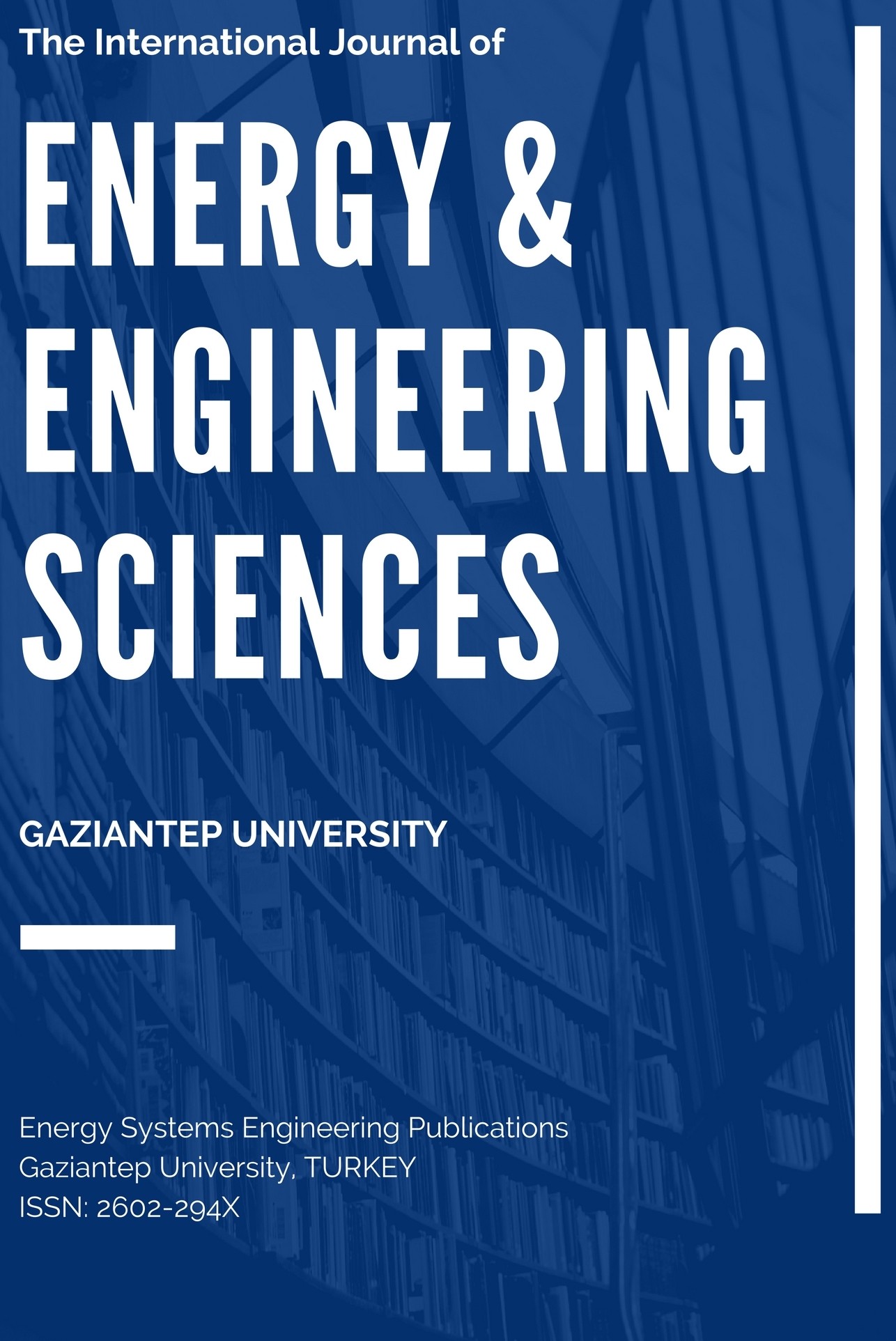STRENGTH AND SHRINKAGE PROPERTIES OF SELF-COMPACTING CONCRETES INCORPORATING WASTE PVC DUST
STRENGTH AND SHRINKAGE PROPERTIES OF SELF-COMPACTING CONCRETES INCORPORATING WASTE PVC DUST
The aim of this study is to investigate the effects of using polyvinyl chloride dust on the compressive strength and shrinkage behavior of self-compacting concrete. Self-compacting concrete mixtures with polyvinyl chloride dust content were designed with a total binder content of 550 kg/m3 and a water-to-binder (w/b) ratio of 0.35. Also fly ash content of the concrete batch was 110 kg/m3 . Polyvinyl chloride dust was added in place of Portland cement at replacement levels of 0%, 5%, 10%, 15%, 20%, and 25% by weight in all mixtures. Six mixtures (one is selected as control mixture) were used in the study. According to test results, the compressive strength of the concrete samples significantly decrease with increasing polyvinyl chloride dust content. Dry shrinkage decreses when the percentage of polyvinyl chloride dust in the self-compacting concrete mixture increases. Similar to the drying shrinkage test results, self-compacting concrete incorporated with polyvinyl chloride dust exhibite lower weight loss in comparison with the control mixture. Also restrained shrinkage rate of self-compacting concrete specimen decreases when the percentages of polyvinyl chloride dust in specimen increse.
___
- [1] Seshaiah B, Lalitha K. Experimental Study on the Performance of Concrete with Polymer (PVC) as Filler Material International Journal of Research Sciences and Advanced Engineering 2017; 2 (18); 74-80.
- [2] Senhadji Y, Escadeillas G, Benosman AS, Mouli M, Khelafi H, Ould Kaci S. Effect of incorporating PVC waste as aggregate on the physical, mechanical, and chloride ion penetration behavior of concrete, J Adhes. Sci. Technol. 2015; 29: 625-640.
- [3] Ozawa K, Maekawa K, Kunishima H, Okamura H. Performance of Concrete Based on the Durability Design of Concrete Structures. Proce. the second East-Asia-Pacific Conference on Structural Engineering and Construction 1989; 1: 445-456.
- [4] Khayat KH, Bickley J, Lessard M. Performance of self-consolidating concrete for casting basement and foundation walls. ACI Mater J 2000; 97(3):374–380. [5] ASTM C39 Standard Test Method for Compressive Strength of Cylindrical Concrete Specimens (1998). ASTM International.
- [6] ASTM International, ASTM C157, Standard Test Method for Length Change of Hardened Hydraulic-Cement Mortar and Concrete, Annual Book of ASTM Standards, ASTM International, West Conshohocken, Pa, USA, 2007.
- [7] Wiegrink K, Marikunte S, Shah SP. Shrinkage cracking of high-strength concrete, ACI Materials Journal 1996;93: 409–415.
- [8] Shah S, Karaguler PME, Sarigaphuti M. Effects of shrinkage-reducing admixtures on restrained shrinkage cracking of concrete. ACI Materials Journal 1992; 89,289–295.
- [9] Ropke JC, Concrete problems: causes, and cures. Illustrated ed. Michigan: McGraw-Hill Inc., 1982.
- [10] Neville A. Concrete Neville’s Insights and Issues, Thomas Telford Publishing, 2006.
- [11] Atmaca N, Abbas ML, Atmaca A. Effects of Nano-Silica on the Gas Permeability, Durability and Mechanical Properties of High-Strength Lightweight Concrete. Construction & Building Materials 2017; 147: 17–26.
- ISSN: 2602-294X
- Yayın Aralığı: Yılda 2 Sayı
- Başlangıç: 2016
- Yayıncı: Gaziantep Üniversitesi
Sayıdaki Diğer Makaleler
STEEL FIBER REINFORCED CONCRETE HAUNCHED BEAMS
Mehmet Eren Gülşan, Khalid T. Fadhil AL-SAMMARRAIE, Safaa Y. Hamad Al DARRAJI
Mehmet Ali Özçelik, Ahmet KABUL, İsmail Karalı
THE OPTICAL MEASUREMENT SUSCEPTIBILITY OF THE PHOTODIODE AND LDR LIGHT SENSORS
STRENGTH AND SHRINKAGE PROPERTIES OF SELF-COMPACTING CONCRETES INCORPORATING WASTE PVC DUST
Nihat ATMACA, Adem ATMACA, Mohammed ALJUMAILI, Ali İhsan ÖZÇETİN
